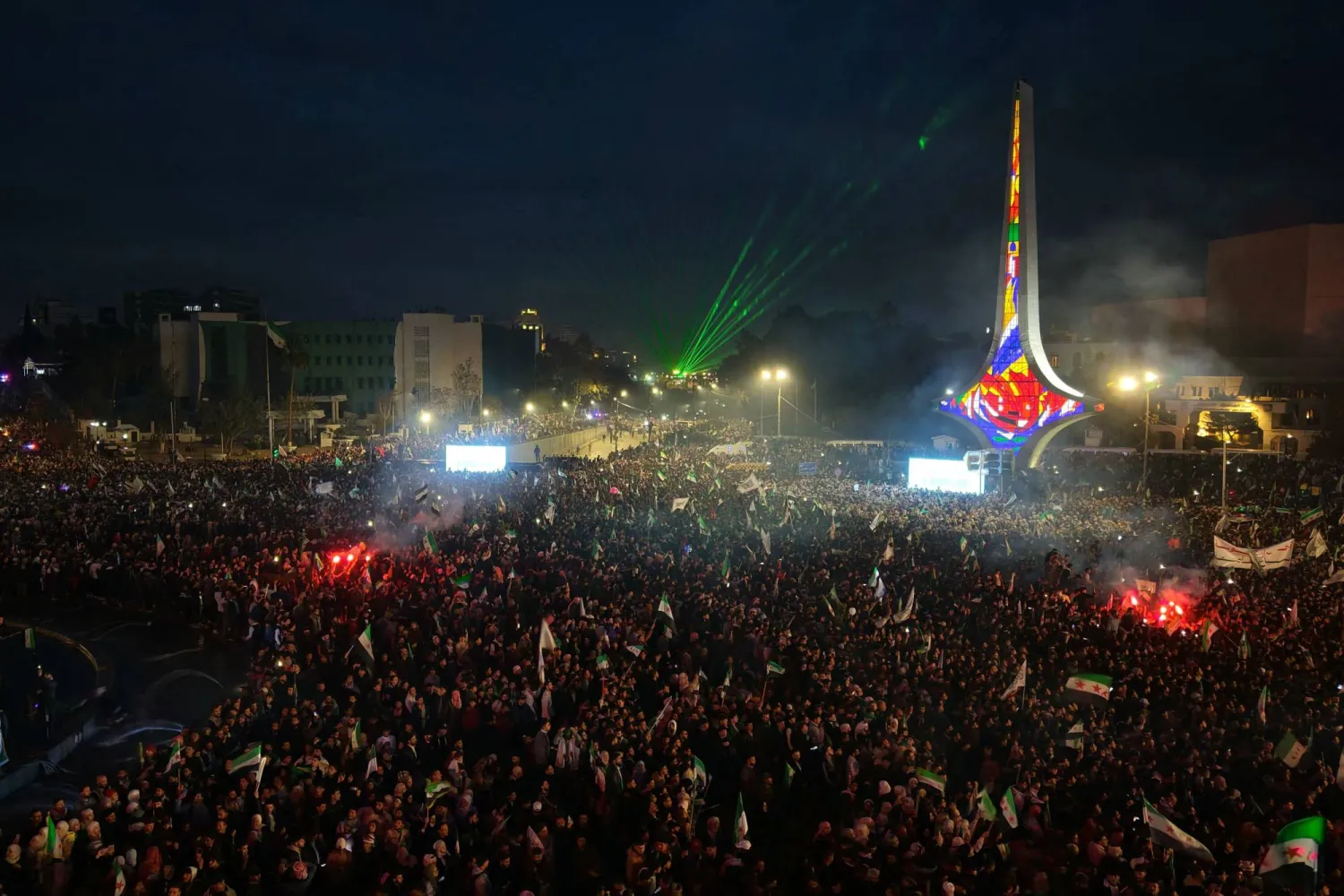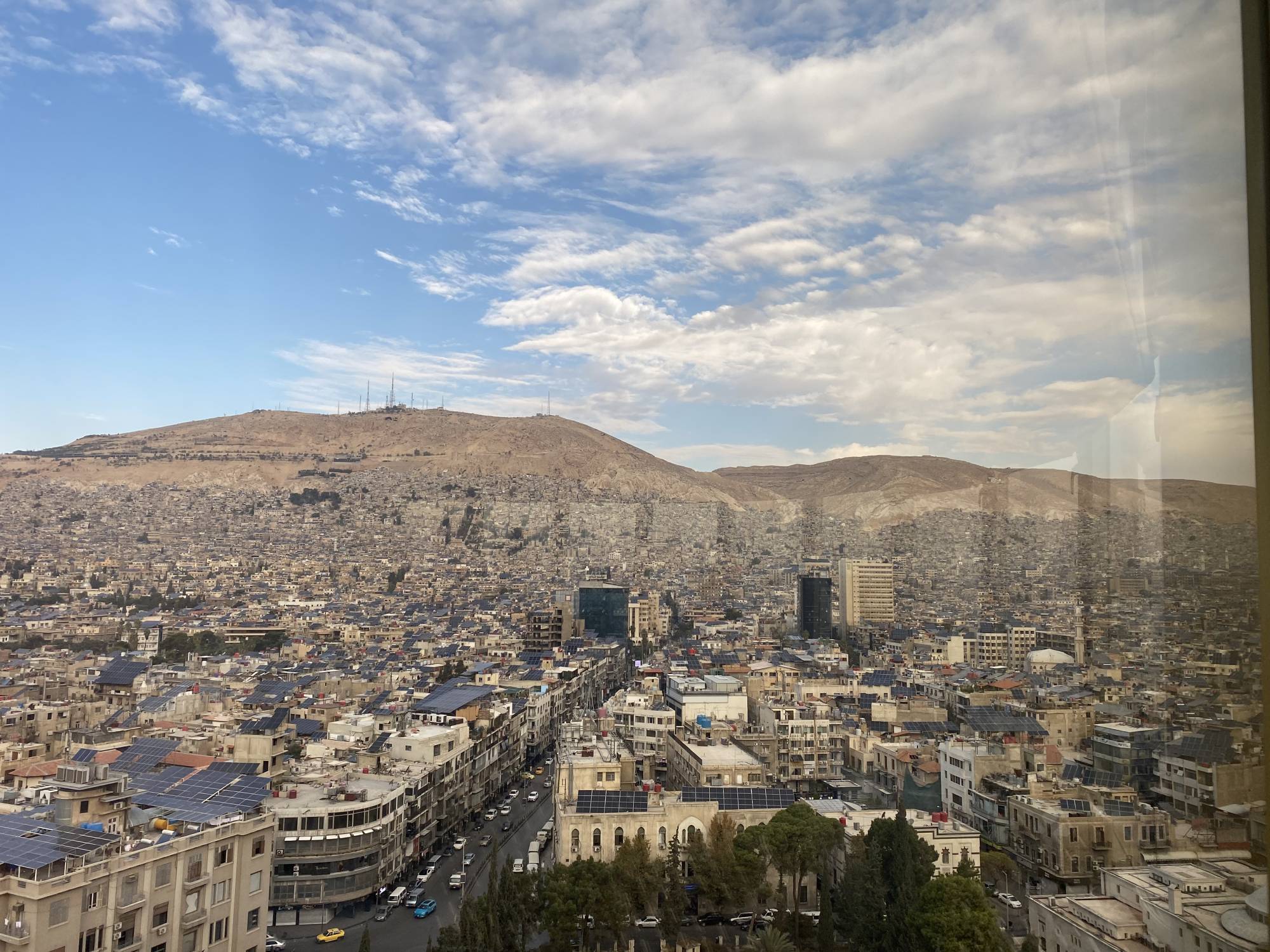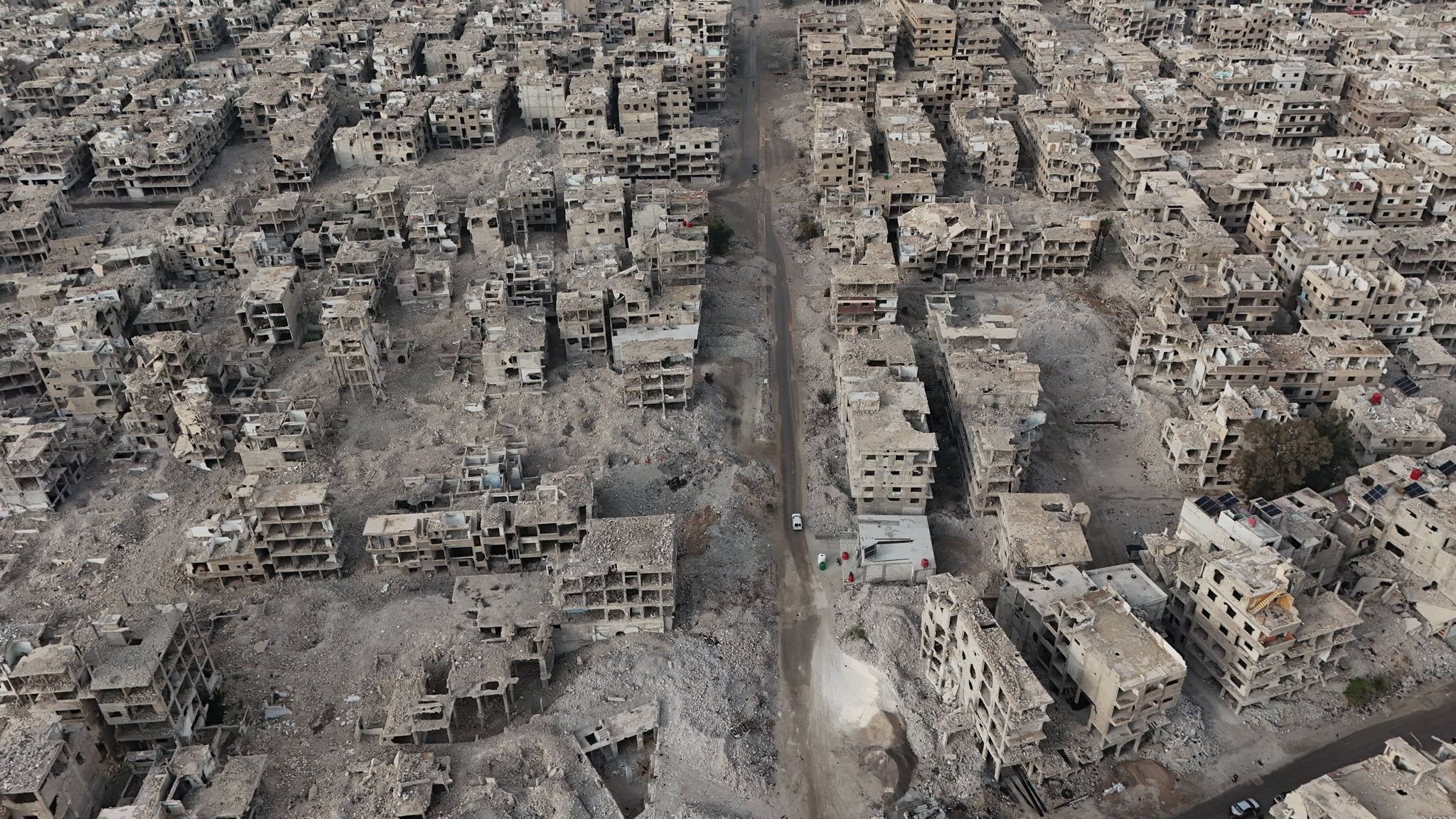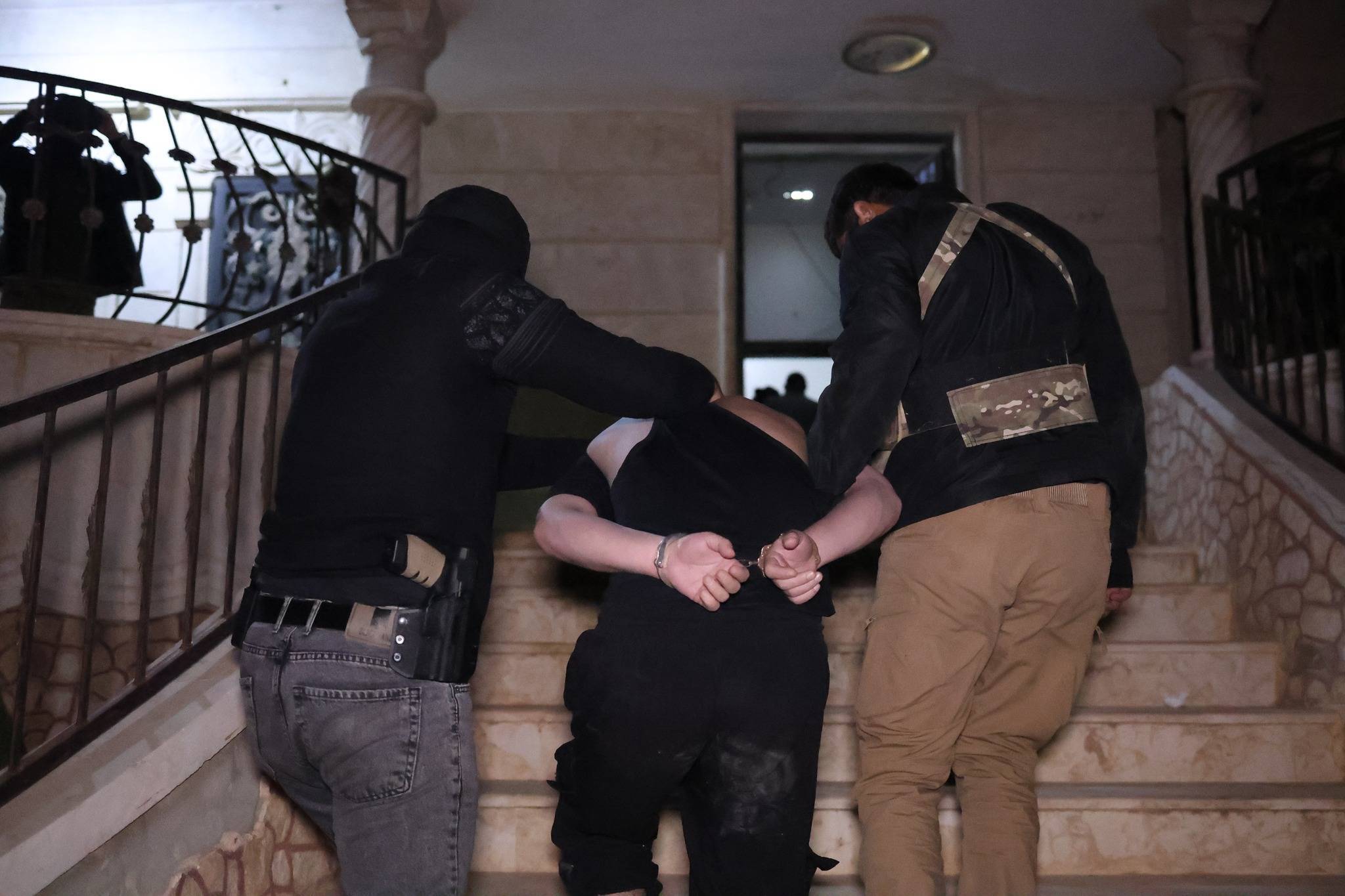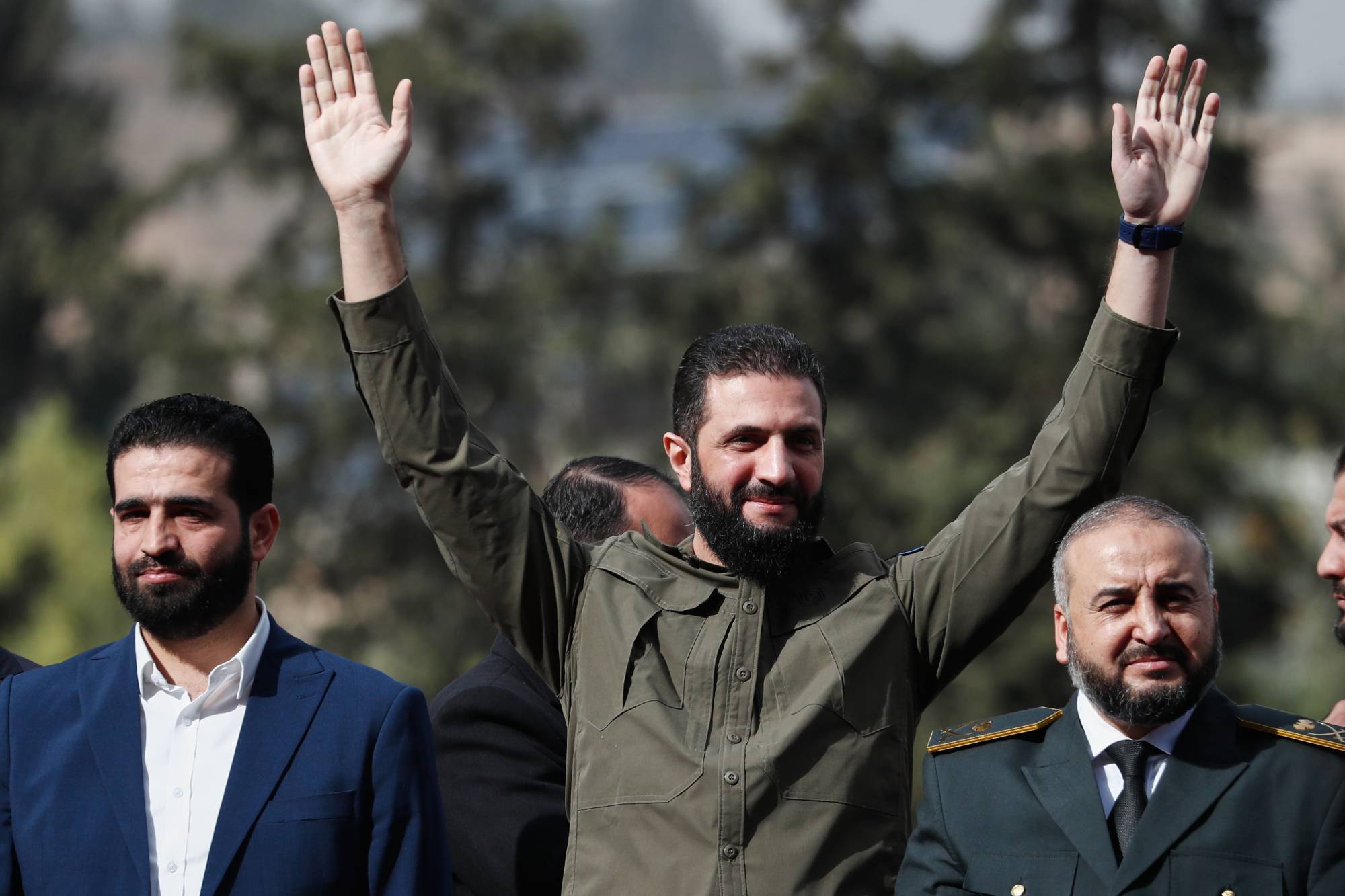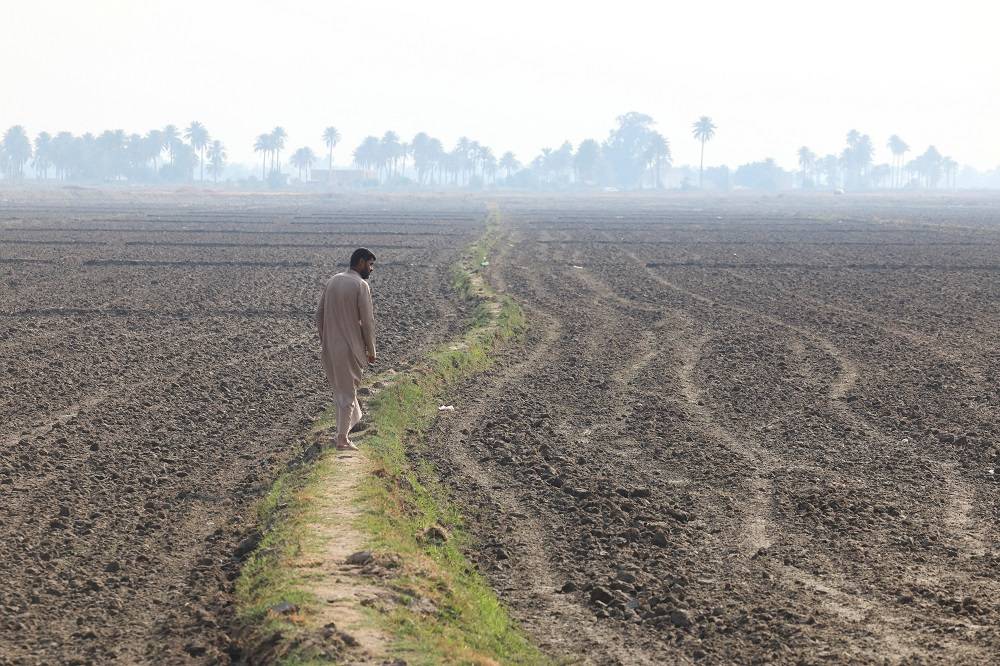With the war in Syria now in its twelfth year and with the US-Russian conflict still ongoing to control the oil sector and its potential, local belligerents and regional opponents have found in oil a rare point of consensus to cooperate and pick clean the country’s wealth and revenues.
Oil production from fields and facilities mainly located in north-eastern Syria was about 400,000 barrels per day prior to the conflict. After the eruption of the conflict in 2011, various warring forces, including opposition factions and ISIS, successively seized control of much of this invaluable oil wealth. Western sanctions placed on the oil sector have caused foreign oil companies to leave the country.
The Syrian Democratic Forces (SDF), a US-backed coalition, currently controls one-quarter of Syria’s territory, including the area east of the Euphrates. This means that the SDF now dominates 90 percent of the oil and over 50 percent of the gas fields, as well as the infrastructure owned by foreign companies, according to legitimate contracts signed with the Damascus government, including Gulfsands Petroleum, Total, and Shell. Oil wells and facilities were cordoned off and “protected” by the US-led coalition forces and SDF.
On the other hand, Damascus announced that the oil sector’s losses since the beginning of the crisis amounted to USD 91.5 billion. Oil Minister Bassam Tohme revealed that the daily oil production is 89,000 barrels, mainly in Kurdish-controlled areas. Tohme describes this oil as being “stolen” from the Syrian people.
International Conflict
After the Russian military intervention in late 2015, Damascus signed contracts with Russian companies to invest in the oil and gas sectors in Syria and its territorial waters. It also contracted with Evro Polis, the Yevgeny Prigozhin-linked company financing Wagner mercenaries, to protect oil and gas facilities and liberate them from ISIS in exchange for 25 percent of their proceeds. This included Evro Polis taking control of Suncor’s large Ebla gas development near Palmyra – an operation that led to many casualties.
This agreement was the cover under which the Wagner paramilitary group operated. Wagner was estimated to have as many as 2,500 men in Syria in 2018. They participated in the fighting in Syria or took part in training and preparation camps in Russia. Some of them have been relocated to Libya and now to Ukraine.
In reality, the agreement between Evro Polis and Damascus only covered areas under Damascus control. In early 2018, Wagner mercenaries launched an assault on the Conoco gas plant in the eastern Euphrates, a position of the SDF, but they were hammered by US artillery and airstrikes that killed about 200 mercenaries.
In late 2019, former US President Donald Trump made a shock announcement that American troops would withdraw from the area around Syria’s border with Turkiye, east of the Euphrates, giving Turkiye the green light to invade northern Syria and putting the SDF, Washington’s allies, under new pressure. On October 6, 2019, Republican Senator Lindsey Graham, together with some US and European officials, persuaded President Trump to keep 900 members of the US military there to protect the oil. Trump later said that "a small number of soldiers will remain in the areas that contain oil," stressing that "we have ensured the security and protection of oil."
In July 2020, Washington announced that SDF Commander Mazloum Abdi informed the Trump administration of the signing of an agreement with the American company Delta Crescent Energy to invest in oil after obtaining a waiver from the Treasury Department from the sanctions placed on Syria. Then-Secretary of State Mike Pompeo said the deal was intended to "modernize oil.”
The situation embarrassed the US Department of Defense which issued conflicting statements. It initially stated that "Syrian oil is for the Syrian people and we remain committed to the unity and territorial integrity of Syria.” It further emphasized that “the US government does not own, control, or manage the oil resources in Syria. The populations in areas liberated from ISIS make their own decisions on local governance.” Former US Defense Secretary Mark Esper announced that "we are now taking measures to strengthen our position in Deir el-Zour to deny ISIS access to the oil fields.” The Pentagon confirmed sending troops and armored vehicles to protect oil fields.
The US-Russian conflict is still ongoing. An opposition leader said that high-ranking Russian officers had repeatedly informed the SDF leaders to allow Russian companies that signed contracts with Damascus to work in the oil fields east of the Euphrates, but the Kurdish officials responded that this required the approval of the US allies that co-control the oil fields.
A stand-off has ensued, with undesirable consequences.
Illegal but all Too Comfortable
The ongoing Russian-US conflict has been aggravated as a result of the war in Ukraine and the stagnation of the military situation in Syria, especially with the absence of a prospect for a political solution while economic and humanitarian needs of the Syrian people escalate. This means that oil has emerged as a factor of tacit cooperation between illegitimate Syrian and foreign belligerents to share the revenues of about 89,000 barrels per day.
According to expert estimates, the Autonomous Administration of North and East Syria (AANES) receives around USD 16 per barrel and a further USD 15 goes to the Syrian government. The remaining amount, which could amount up to USD 50 per barrel, is ‘lost’ and ends up in the hands of these war profiteers. The AANES uses part of the production locally, while the mediators and the war profiteers transport another part to government areas (constituting two-thirds of Syria’s territory) for refining or keeping. It is well reported that oil is also smuggled into Iraqi Kurdistan, either for local use or for smuggling into Turkiye. Oil is sold at very low prices and the fields and surrounding environment now suffer considerable damage.
Officials talk about networks operating in the shadows to smuggle oil and its derivatives between the east of the Euphrates, controlled by the SDF whose linchpin is the Kurdish People's Protection Units (YPG), and the Euphrates Shield areas or other enclaves controlled by the Syrian opposition factions and the Turkish army. It is noteworthy that the military forces in these two regions are involved in daily fighting, strikes, and raids, and exchange accusations of disloyalty, treason, and terrorism.
The same applies to the path crossed by oil tanks from the eastern Euphrates to oil refineries in the areas controlled by the Syrian government. The latter accuses the dominant forces in the east of the country of being traitors and agents of the American occupation. In the same vein, an informed source said that officials in the Kurdistan Workers' Party (PKK) advised leaders of the SDF to coordinate with Damascus regarding the sale of oil internally and regionally.
The cooperation between the belligerents extends beyond the borders. Reports indicate that oil is smuggled into Iraqi Kurdistan and some Turkish regions, with the involvement of mediators and individuals close to the decision-makers there, although political and military differences are ongoing between the decision-makers in Qamishli and Erbil. In this regard, an informed Western official said, "most likely, the decision-makers in these areas are not in a hurry to reach a political solution that would impede the flow of money into their pockets. It is most likely that the war profiteers in the local areas of influence and the neighboring countries do not want the war to end.”
An Alternative Approach -
When President Joe Biden assumed office, his administration announced sanction exemptions that allowed some targeted investments, (although this excluded the oil industry), in Eastern Euphrates. However, it decided not to extend the sanction waiver granted to Delta Crescent Energy for many reasons, mainly the objection of foreign companies holding sovereignty rights in the oil fields. For instance, Gulfsands Petroleum (“Gulfsands”) signed a contract with Damascus in 2003 to invest in and develop Block 26 east of the Euphrates. According to its 2021 annual report, unauthorized production from Block 26 since early 2017 has reached about 20,000 barrels per day, meaning that around 35 million barrels have been produced from the block since then.
Meanwhile, London-based Gulfsands is calling for a "win-win" humanitarian initiative that would enable it and other international oil companies to regain control of their assets. Rather than flow to the sanctioned entities and other unauthorized intermediaries , the Gulfsands initiative would see revenues from oil sales transferred to a UN-controlled fund. John Bell, the managing director of Gulfsands, said a new approach was needed to alleviate the enormous suffering in Syria. He added, "Syria needs billions of dollars that can only be generated with oil and gas,” and described the plans as "a gain for the Kurds, Damascus, and the Syrian people." He also posited that a share of oil proceeds would go to a UN-controlled humanitarian account whose payments are fully in line with the international sanctions placed on Syria.
That might seem simple, but analysts have linked the initiative with the Oil-for-Food program enforced in Iraq before the US invasion in 2003. Bell acknowledges that lessons need to be learned from that ill-fated program as he proposes the initiative to the international stakeholders. This is a particularly timely initiative as discussions continue regarding the extension of providing international aid across borders, including the amendment to include the financing of early recovery projects and other humanitarian and health affairs.







